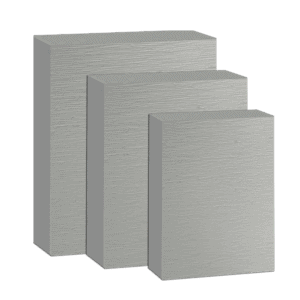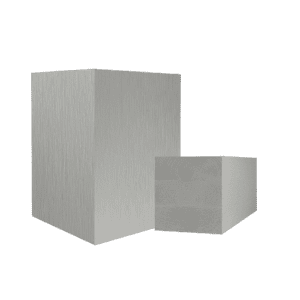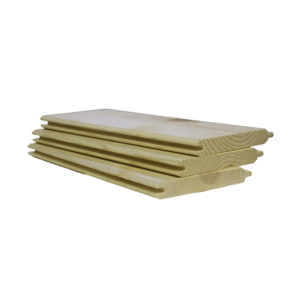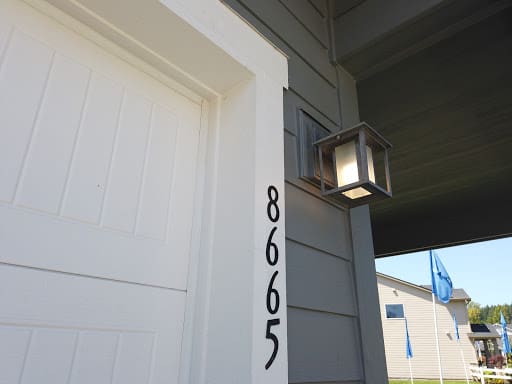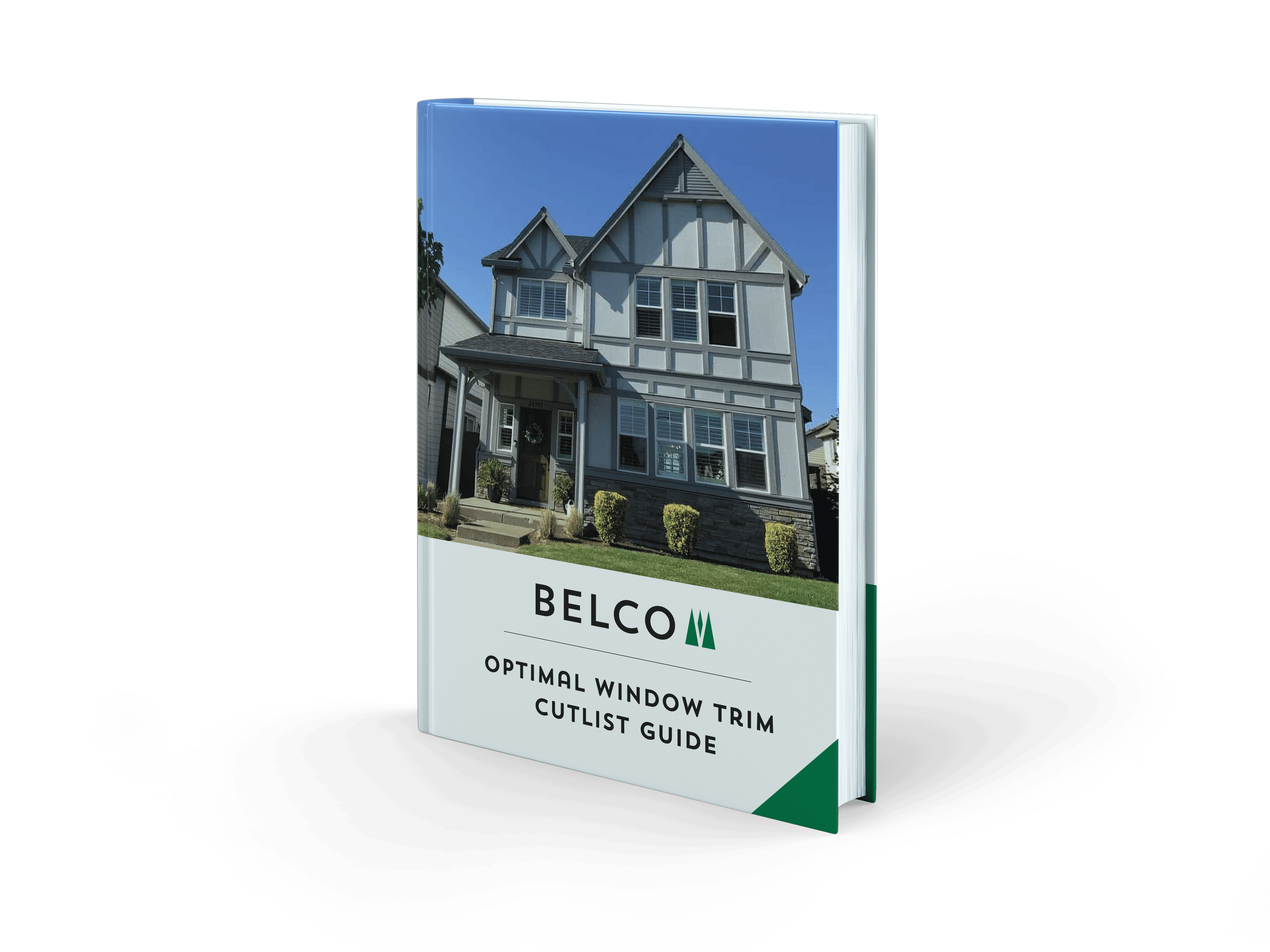Trim plays an important role in a home’s exterior. It helps aid moisture management by covering joints and it completes the style and appearance of the exterior at the same time. Trim can be found around windows and doors, beneath the edge of your roof, and at the end of a siding run. Trim can also be used to separate different types of siding or to help call attention to certain parts of the architecture.
With so much riding on it, the trim installed on a home needs to be able to last for years without rotting or becoming a home for insects. There are a lot of different materials on the market for trim, many of them with claims of rot insect and mold resistance that can make them attractive to homeowners, including different types of wood. Builders and contractors are therefore turning to these products as a way to meet customer demand with fewer issues and callbacks.
Unfortunately, the people that are making these claims are either doing so falsely, or have a variety of other issues. While they may be offering rot or mold resistant trim, they aren’t the right fit for the home. Using these types of woods could result in more callbacks and problems for you as the material ages.
Problems with Paulownia
One material that’s been making a lot of headway lately is paulownia or PAW. This is a natural wood trim that’s been getting a lot of attention because of some claims that it performs as well as or better than cedar. Cedar has long been one of the most popular materials for trim because it’s naturally rot- and insect-resistant. It has its own issues, however, such as cedar bleed, that have led builders and contractors to look for other alternatives, and for a while it looked like paulownia was a good fit. Unfortunately, it doesn’t hold up as well as it claims.
Lab Study
A study done by Forest Products Labs found that the claim paulownia makes of being resistant due to its extractive content by weight was untrue. The study found that extractive content by weight made no difference to the durability of the wood. It also found that PAW performed about the same or worse than southern yellow pine and was subjected to either fungi or insects.
Therefore, attempting to use paulownia to achieve a rot, insect, or mold resistant trim without the cedar bleed-through problems simply leads to more callbacks due to the poor performance of the wood.
Problems with Cedar
Cedar is often considered the gold standard for rot and insect-resistant wood trim. Cedar is a softwood that performs better than most pressure treated woods. While cedar does resist these issues, it isn’t necessarily the best material for use on every home. Cedar has other issues that can still mean callbacks, as well as potentially higher costs for you.
Bleed
Cedar contains natural water soluble extractives that are generally tan or brown in color that can leach to the surface of your trim. Proper preparation and care is needed to avoid this unsightly problem.
The cedar used for fencing and decking is often stained with a transparent coating. The extractives react with the metal used in nails or screws used during installation. Cedar material when used for decks and fences are not as scrutinized as how trim. The “extractive bleeding” in both cases are unsightly and will mar the appearance of the trim on your home when used in the same manner.
The best way to combat cedar bleed is to prime the material first, let it dry thoroughly, then paint. This process adds time and additional man power and costs to the project, so you’re left with the decision of whether to risk bleed and callbacks to get the job done quickly or taking the time to do it right, knowing that you will have higher costs to pass on to the homeowner.
Soft and Delicate
Cedar is a very soft and lightweight softwood. It may hold up well in some areas, but it is still very subject to the pressures mother nature applies causing poor performance as a trim product when exposed to UV sunlight before priming, normal traffic around exterior doors, garage doors and windows that open.
Paired with the fact that UV rays also affect the paint topcoat causing peeling and delamination if the primer coat was not applied on time or the paint is directly applied to the wood surface. Poor trim performance like this can lead to unhappy customers who may wish to replace it sooner that they would like.
It may hold up well in some areas, but it can still scratch, dent, and ding fairly easily. When the trim you’re installing is going in areas that see a lot of use, like doors or garages, the trim is going to look beat up pretty quickly. Paired with the fact that any paint or stain will delaminate from the cedar with exposure to UV rays, the trim isn’t going to look its best for very long. This can lead to unhappy customers who may wish to replace it sooner than they would like.
A Better Alternative

An alternative to paulownia and cedar is a preservative-treated wood trim. Preservative-treated trims like those from Belco Forest Products, are given a topical treatment that is absorbed into the wood. This is an outstanding option for rot, insect, and mold resistant trim.
Belco trim products are also factory primed in perfect conditions for primer coat application. This is a real wood product with all the beauty and character of wood. Conditions are also the best possible surface for the homeowner’s desired trim topcoat color, so it can match the rest of the facade and last and last.
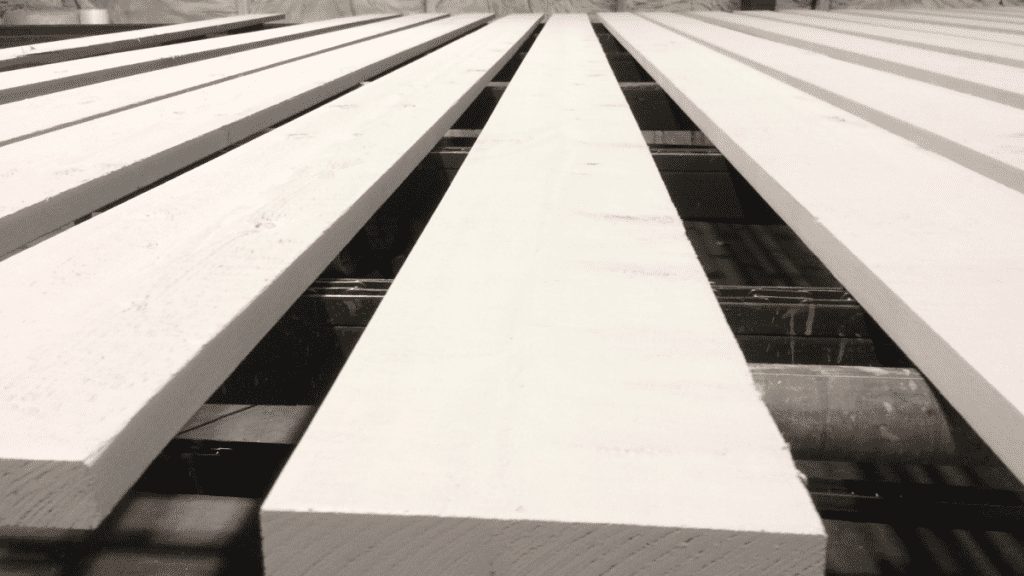
The preservative used to treat the wood is non-metallic and eco-friendly, which is a selling point with many consumers who may be looking for alternatives to traditional pressure-treated wood products.
Work with a Better Wood Trim

Given how important trim is to the exterior of your home, it’s important to make sure you’re using the best material available for every job. Preservative-treated trim from Belco Forest Products can help make the job easier, while also ensuring a rot- and insect-resistant material. Visit Belco Forest Products today to find out more about how their trims will work for your next job.

